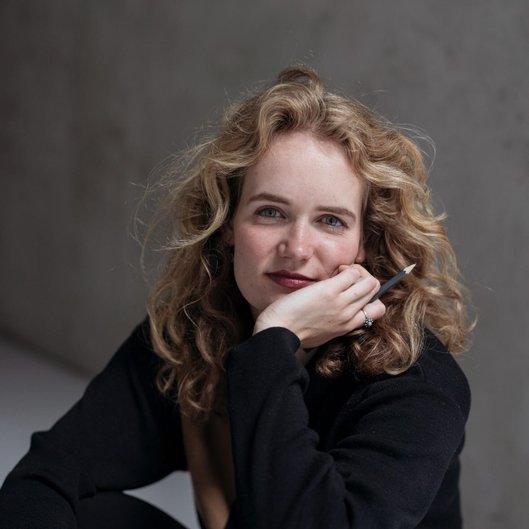Saturday 11 and Monday 13 October at the Concertgebouw Amsterdam
This weekend, the brand-new work Insneeuwing by Dutch composer Catharina Clement will premiere with the Netherlands Philharmonic. She wrote the work on commission from the orchestra after she caught their attention with her contribution to the Composers Lab, the breeding ground for young composers of the Netherlands Philharmonic & Netherlands Chamber Orchestra. Insneeuwing is part of a programme featuring Stravinsky's The Firebird and Rachmaninoff's Rhapsody on a Theme of Paganini with the young piano virtuoso Alexander Malofeev. The orchestra will be conducted by Uzbek conductor Aziz Shokhakimov.
Catharina Clement (1998) is a musicologist and recently obtained a bachelor's degree in composition from the Conservatorium van Amsterdam. Her work has been performed by the Royal Concertgebouw Orchestra, as part of their Composers' Workshop, and by the Netherlands Wind Ensemble, among others. Clement participated in the Composers Lab of the Netherlands Philharmonic & Netherlands Chamber Orchestra and, as part of that project, took part twice in The Song Project, in which composition students orchestrate an existing song and write a new work for voice and ensemble.
The Composers Lab has proven to be a real breeding ground; Clement is already the third participant to stand out so much that she was asked to write a composition for one of the two orchestras. Previously, this honour went to Ramin Amin Tafreshi and Julian Tjon Sack Kie. Clement's final result is the commissioned composition Insneeuwing , which will have its world premiere this weekend and ties in with the fairy-tale character of Stravinsky's The Firebird .
